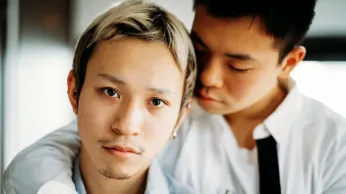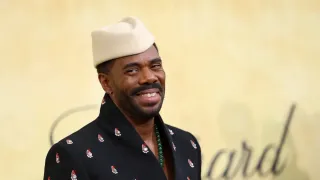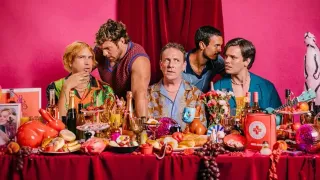
3 hours ago
Asian Men Speak Out on Barriers to Inclusion in Queer Spaces Despite “All Are Welcome” Messaging
READ TIME: 3 MIN.
Across major cities and digital platforms, LGBTQ+ venues and organizations frequently promote themselves as welcoming to all identities. Yet, for many Asian men, these assurances ring hollow in practice. Recent testimonies and studies reveal how Asian LGBTQ+ individuals encounter significant exclusion rooted in both overt and subtle forms of racism, challenging the notion of universally inclusive queer spaces .
Interviews with Asian gay men and advocates describe common experiences of being sidelined or objectified in social and dating contexts. “Profiles on dating apps often include phrases like ‘No Asians’ or ‘Not into Asian guys,’” said Raymond Li, a community organizer in San Francisco. “It’s a constant reminder that the promise of acceptance is not always kept” .
Academic research underscores the prevalence of “sexual racism”—the exclusion of individuals from romantic or sexual consideration based on race—in LGBTQ+ spaces. Studies by researchers such as Damien Riggs in Australia have documented how anti-Asian sentiment manifests in four main ways: as “personal preference,” as stereotypes that Asian men are not “real men,” as fetishization, and through the assumption that apologizing makes such exclusion acceptable . Riggs cautions that framing racialized desire as mere preference obscures the impact of racism and reduces Asian gay men to objects or kinks to be adopted or discarded.
Asian American men are often represented in both mainstream and LGBTQ media as feminized or less desirable, contributing to a strict racial hierarchy in many English-speaking countries, with white men at the top and Asian men at the bottom . These patterns have real-world consequences for self-esteem, mental health, and social belonging.
In response, Asian LGBTQ+ individuals are increasingly creating their own spaces—online and offline—to counteract isolation and promote authentic belonging. Organizations like SASS (Sapphic Asian Social Space) have emerged to support Asian American women and nonbinary people facing discrimination both externally and within their families .
Chieko I., an organizer with SASS, described her first in-person meet-up as transformative: “That was probably the first time in my whole life I had seen so many queer Asian women and nonbinary people in one space. It drove me to help organize different events and get more involved in advocating for queer Asian spaces” .
Similar initiatives are taking root in cities across North America, with grassroots gatherings, digital communities, and advocacy organizations working to dismantle exclusionary practices and foster solidarity. These spaces offer vital support for mental health, especially for those grappling with pressure to conform to family expectations or cultural norms that may discourage open discussion of sexuality .
Research by organizations such as The Trevor Project demonstrates that experiences of discrimination and exclusion—whether based on race, sexual orientation, or gender identity—are linked to adverse mental health outcomes for LGBTQ+ youth. Those subjected to bullying, victimization, or family rejection are at significantly higher risk for depression, anxiety, and suicide attempts .
For Asian LGBTQ+ individuals, these risks are compounded by intersectional experiences of racism and homophobia. “We have such a sense of filial piety,” said Lisa, a member of SASS, “that I think it has a detrimental impact on your mental health, because you can’t be your authentic self with your family” .
Mental health advocates urge LGBTQ+ spaces to adopt more intersectional approaches to inclusion—actively addressing racism and bias, providing culturally competent support, and amplifying the voices of marginalized members to ensure that “all are welcome” is more than just a slogan.
As conversations about diversity and inclusion continue to evolve, Asian LGBTQ+ voices are calling for accountability and transformation within queer communities. “Change will only come when we move beyond token gestures and confront the reality of racial exclusion,” said Li. “We deserve spaces where we are seen, heard, and valued for all parts of our identity” .
Advocates emphasize that the work of building truly inclusive LGBTQ+ spaces is ongoing. It requires not just welcoming words, but sustained action to dismantle systemic barriers and affirm the dignity of all members—regardless of race, gender, or background.






